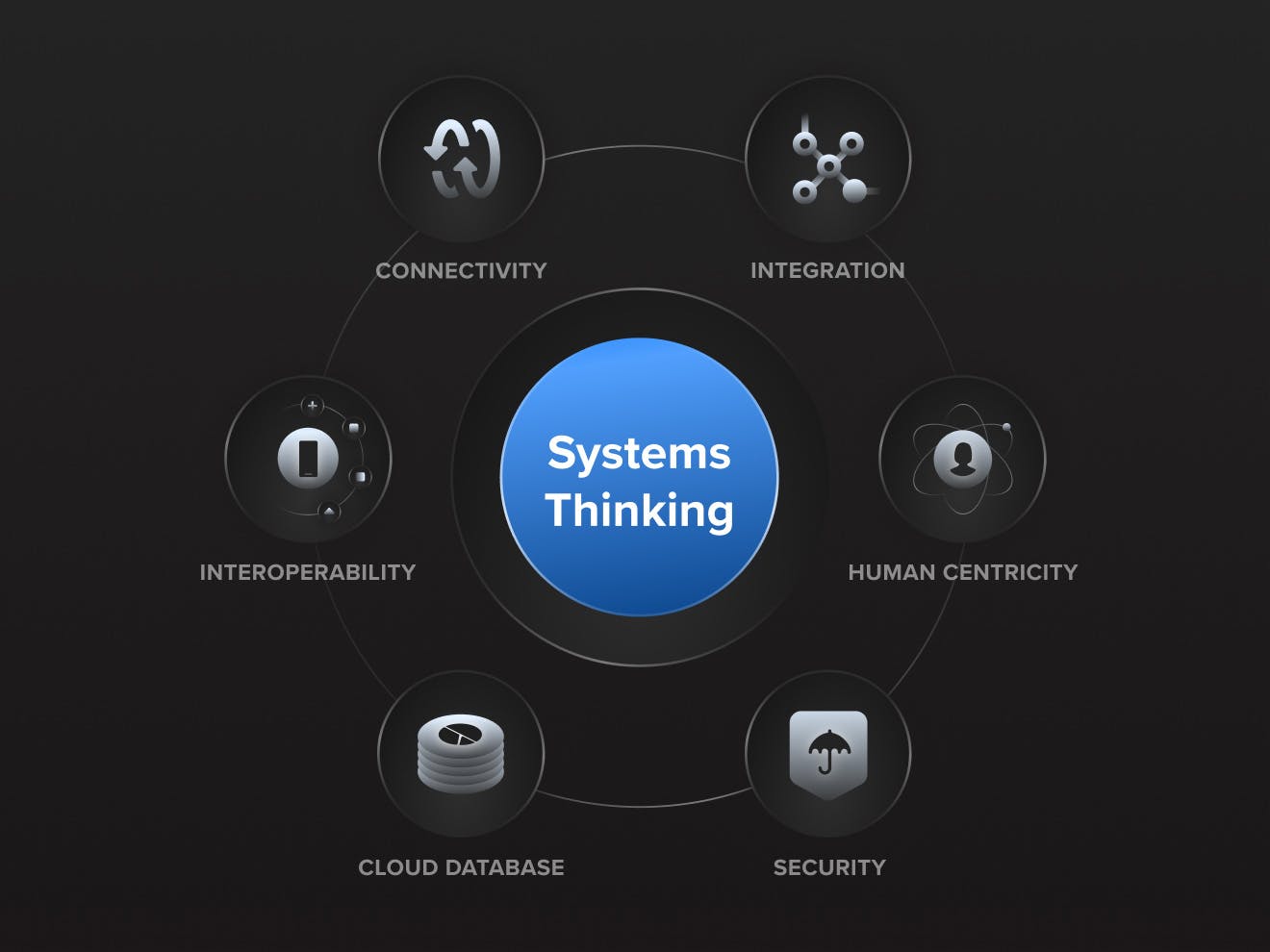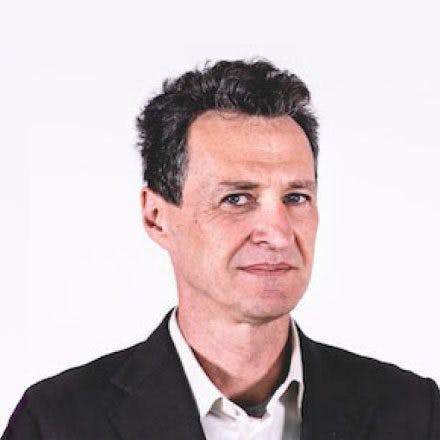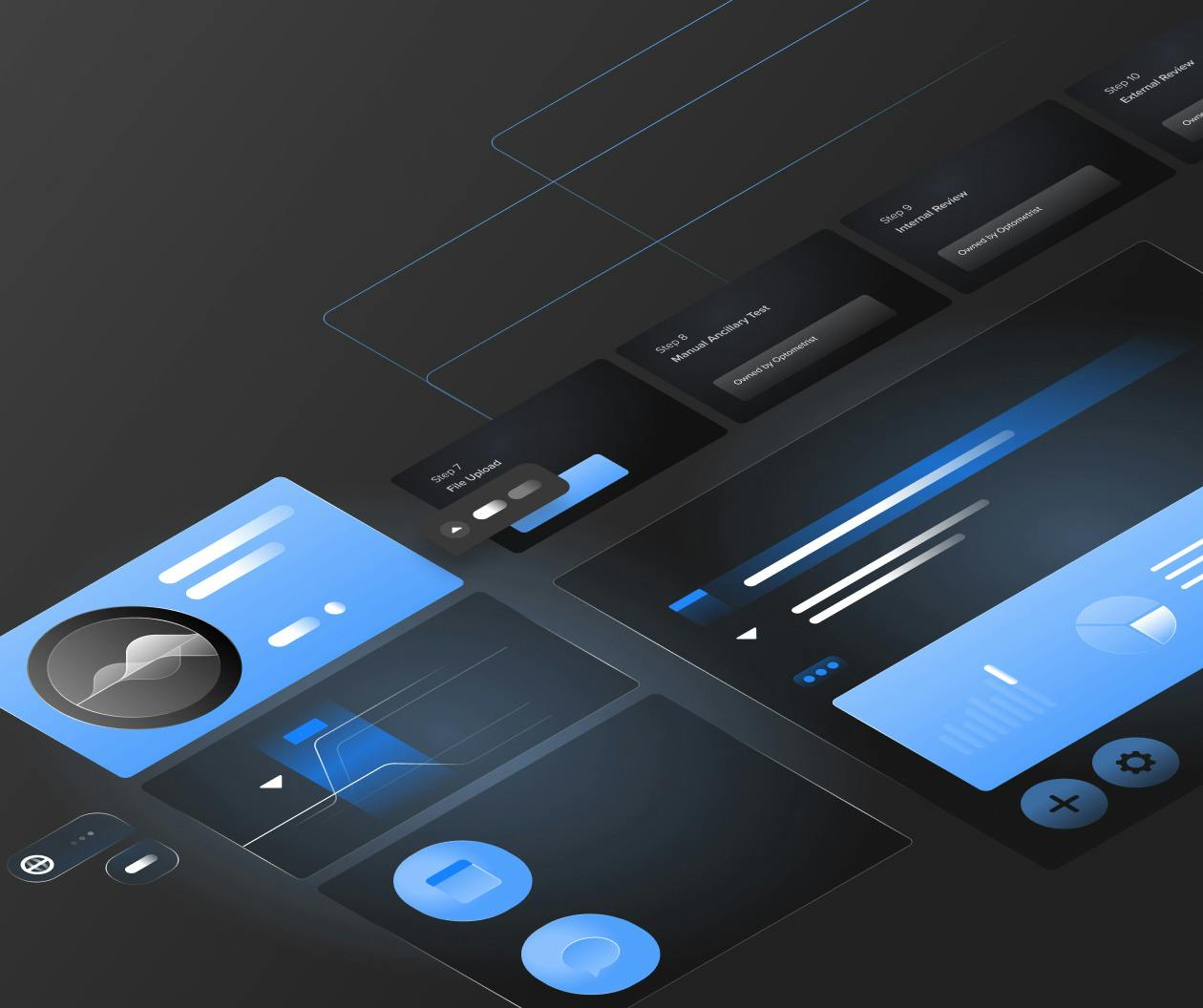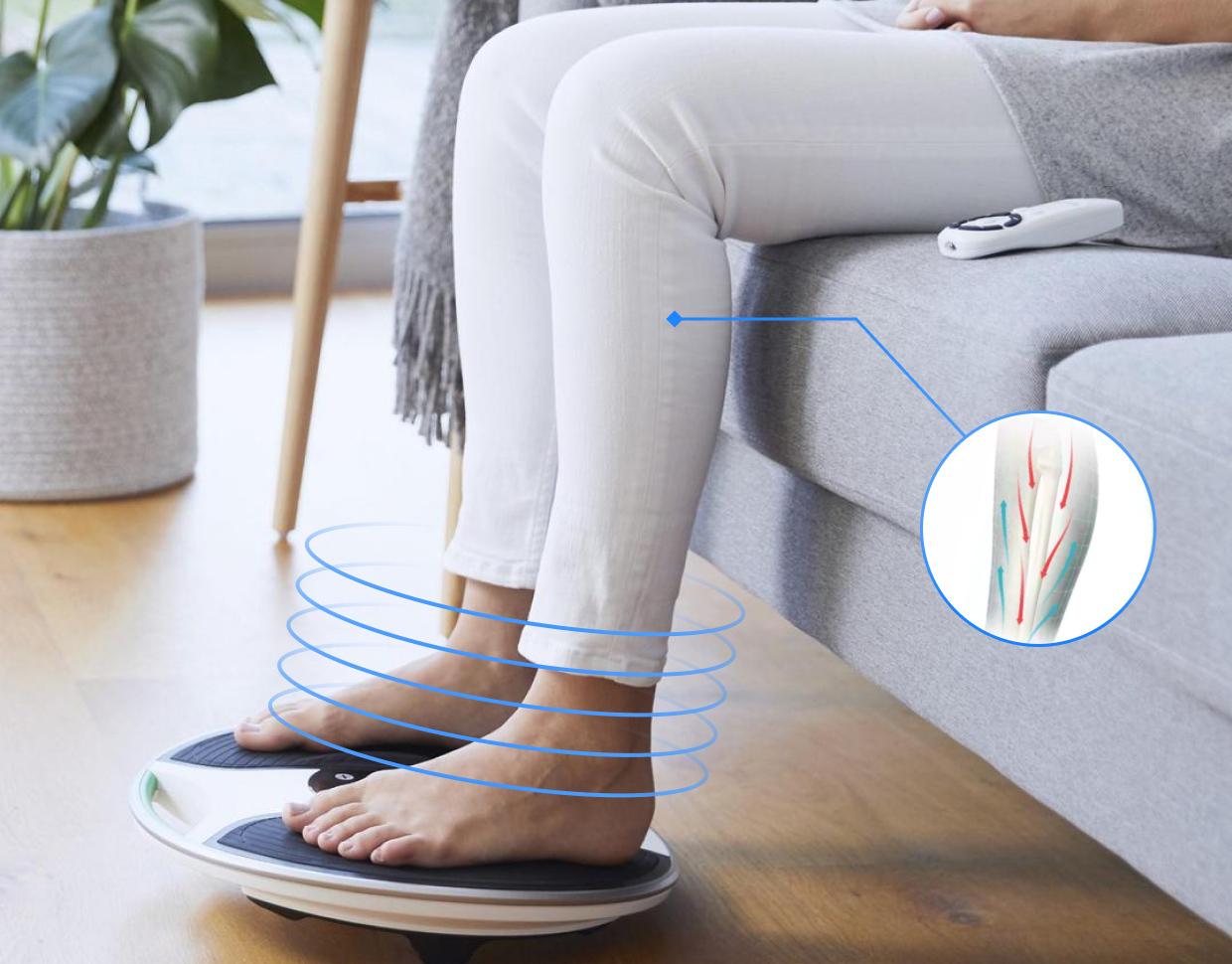Building a MedTech digital product is not about assembling discrete parts. It requires Systems Thinking and a unified vision — what we at Star describe as an endgame-driven approach.
To better understand why Systems Thinking and Systems Engineering are fundamental for developing MedTech products, Star HealthTech Design Practice Head of Design Yossef Schvetz and Systems Engineering Evangelist David Ward recently met up to shed light on the opportunities in this area of expertise.
Explore how integrating technology, people, companies and processes can be harnessed to create better healthcare experiences in this article about systems engineering.
What is HealthTech Systems Thinking, and why is it important in product development?
Before diving into what Systems Thinking is, David and Yossef explain some of the challenges that MedTech companies face today to emphasize why it's so important. David highlights that many companies have limited or even no experience with SE and the many benefits of applying it. They continue seeing projects as fragmented and separated across different departments.
So what is Systems Engineering (SE) then? It is a comprehensive approach to analysis centering on how a system's constituent parts interrelate. It also describes how systems work overtime and within larger systems. This perspective is based on Systems Thinking—a mindset focused on sharpening awareness of wholes and how the parts within them interrelate.
Why is this important? Because most engineering disciplines build from the bottom upwards, they put the components together and what emerges from this is the product. While this may not be an issue when making a singular product, you can see how this would be problematic if creating something that needs to be integrated into a larger ecosystem.
On the other hand, implementing systems thinking creates more opportunities to bring designers into the conversation. And this is critical because they have a broader perspective and a deeper understanding of why something looks a certain way or has certain features. Within healthcare, this is essential for improving usability and driving enduring engagement and adherence.
David summarizes its importance by saying, "Systems Engineering starts from the bottom, but at the same time, it has a high awareness for the ‘whys’ and the drivers because the systems engineer is a systems thinker."

Systems Engineering and the role of design
Systems Engineering is more omnipresent in the digital domain because Systems Engineers don't just see the plan. They see the whole sphere of user and stakeholder needs.
And that leads exactly to the role of design. David elaborates that "systems thinking and design need to coexist in the same space." This happens in two phases. The first phase is looking backward toward the origin of an idea. The ideation sketch from a focus group or user study is a great example. We look backward to understand the context and the user. You don't focus on the stakeholder just yet. That comes later. First, you need to center the user, understand friction and see where problem and opportunity areas may arise.
Both Yossef and David emphasize the importance of starting with a clear idea of the user experience, user story, usage model and mapping the complete journey. If you don’t take these steps, you miss an opportunity to capture immense value.
Next, you move to the second phase — ensuring systems thinking is encapsulated in your engineering approach. Design and engineering need to work closely together to create systems that respect all user and business needs.
Strategy and systems engineering
There is a strong connection between strategy and Systems Thinking. Yossef explains strategy as "all that happens before design, understanding what to build before the phase of how to build. This helps you discover opportunities, white [market] spaces and business models."
To illustrate this, David discusses the product life cycle, one of Systems Engineering's key pillars. The first thing that you need to do is understand the business context to establish the business requirements. Without them, you don't know what the business and, ultimately, the market needs. He also notes the overlap between what Star calls "Strategy" and what Systems Engineers refer to as "business mission analysis."
Regardless of the terminology you use, strategy/business mission analysis is critical for the success of your project. David and Yossef share an example of a product they both worked on to highlight its importance. It started with a prediction of making 10 million units per year. In the end, only 5000 units were produced. The problem wasn't technical. The solution was ready for the market. It failed because the business case was too weak.
This is especially critical when thinking about MedTech development and its many additional regulatory and safety considerations. Many companies will have an idea of a disease state or healthcare system problem their intended product can address. But they often lack a holistic understanding of what each stakeholder needs. This is why medical systems engineering is a game-changer. By identifying needs, opportunities and challenges early, you can streamline product development, better ensure market fit and solve challenges around regulation and reimbursement.
Systems Engineering in the ‘phygital’ world
Systems engineering sees the digital world as either a system of systems or a family of systems interacting in the digital space to obtain a feature and satisfy a need.
The tools and the models might differ between a software product and a hardware product. One is a digital system, the other — a physical system, but the logic is identical. Clearly, the economic factors will change. How you obtain your revenue from a software product will differ from a factory-made physical system put on the shelf.
So it's not surprising that digital is particularly adapted to a Systems Engineering approach. Because when you think about software, you must consider the entire life cycle. Many large companies have applied a systems engineering approach and discovered that the profit they could make was not necessarily where they were thinking—in the sales phase, for example. Instead, they found that product obsolescence, sustaining, updating, maintenance, operation, consumables, etc., were the life cycle phases where they could drive revenue.
This is incredibly important as medical product development becomes increasingly solution-driven. As we look at the emerging world of SaMD, DTx and other technological breakthroughs, both startups and especially legacy medical device manufacturers need to see this whole picture to understand where they can maximize their impact, reduce costs and enhance profitability.
Harnessing Systems Engineering to craft better MedTech and digital healthcare products
Systems Thinking is immensely beneficial in building complex digital healthcare products. Whether applied through Star's end-to-end strategy, design and engineering workflow or dedicated Systems Engineering owners in your organization, it can provide a competitive advantage and unlock revenue opportunities throughout the product life cycle.
While the roots of SE are in the physical domain, systems thinking has incredible potential in tackling complex, multiplayer digital healthcare challenges we face every day.
We want to hear your ideas. Connect with our HealthTech Practice to discuss healthcare Systems Engineering, design and building world-class MedTech and digital healthcare.






